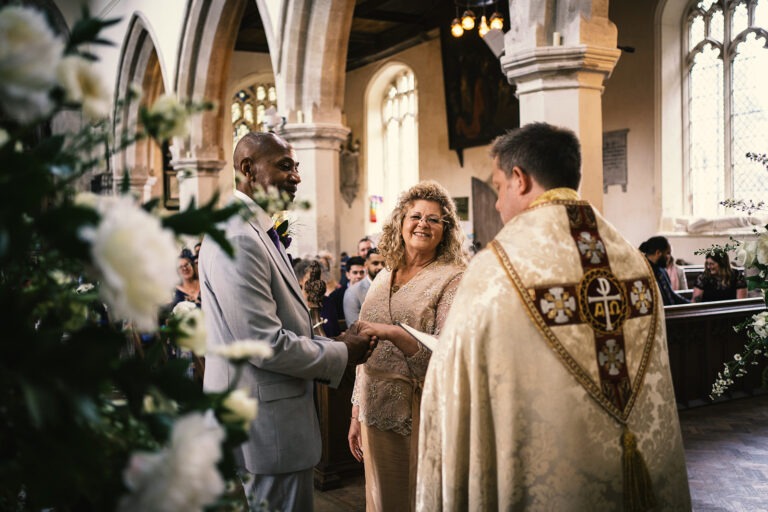Setting the right price for portrait photography in 2025 is more than just guessing what the competition charges. Pricing is influenced by several factors, including experience level, location, market demand, and the evolving role of technology in photography. From AI-assisted editing tools to the growing trend of personal branding portraits, photographers must consider multiple variables when determining their rates.
With more photographers entering the industry, and technology making it easier than ever to enhance images, knowing how to price your work competitively while ensuring sustainability is essential. The cost of equipment, software, insurance, and marketing must all be factored into pricing. Photographers should also account for post-processing time, business overheads, and any unique expertise they bring to the table.
Factors Affecting Portrait Photography Pricing
Several key factors influence portrait photography pricing, and understanding these can help photographers set rates that reflect their value and market conditions. Location plays a significant role, with photographers in major cities typically charging higher rates than those in smaller towns or rural areas. The cost of living, studio rental fees, and client expectations all contribute to regional price differences.
Experience level is another major factor. Beginners with limited experience may charge lower rates to attract clients, while established professionals with a strong portfolio and reputation can command premium prices. Specialised skills, such as advanced lighting techniques, retouching expertise, and knowledge of industry trends, can also justify higher pricing.
Technology is increasingly shaping photography pricing. AI-assisted editing tools and automated workflow solutions allow photographers to offer faster turnaround times, which can impact pricing structures. Additionally, photographers who invest in high-end cameras, lenses, and printing services often charge more to cover their expenses and deliver superior-quality results.
Average Portrait Photography Rates in 2025
Portrait photography rates can vary significantly depending on the photographer’s expertise, location, and the specific type of portrait service being provided. Below is a breakdown of general pricing structures:
Beginner Photographers (0-2 years experience):
- Hourly Rate: £50-£100
- Per Session: £150-£300 (1-hour session with basic retouching)
- Package Deals: £400-£600 (including multiple images and edits)
Intermediate Photographers (3-5 years experience):
- Hourly Rate: £100-£200
- Per Session: £300-£600
- Package Deals: £700-£1,200 (with additional services such as styling and professional editing)
Professional Photographers (6+ years experience):
- Hourly Rate: £200-£400
- Per Session: £600-£1,500
- Package Deals: £1,500-£3,000+ (including branding, consultation, and extensive editing)
Pricing structures also depend on whether the shoot is for individuals, couples, or corporate clients. Business-related portraits, such as headshots and branding sessions, generally command higher rates than casual portrait sessions.
Where Photographers Are Earning the Most
Certain niche areas within portrait photography are proving to be highly profitable in 2025. If you’re looking to maximise earnings, consider specialising in:
Personal Branding Portraits
With the rise of influencers, entrepreneurs, and professionals looking to build their online presence, personal branding photography is in high demand. These sessions often include multiple outfits, locations, and high-end retouching.
- Rates: £500-£2,500 per session
AI-Assisted Headshots
AI-driven editing tools allow photographers to offer quick and polished headshots, making high-quality professional portraits more accessible and efficient. Many corporate clients prefer AI-assisted packages for large teams.
- Rates: £100-£500 per headshot (bulk discounts apply for corporate clients)
Fine Art Portraits
For clients looking for a unique and timeless look, fine art portraits involve elaborate setups, high-end lighting, and museum-quality prints.
- Rates: £800-£3,000 per session
Luxury Family Portrait Sessions
High-end family photography is a growing market where clients seek beautifully curated and professionally edited portraits, often printed in albums or framed for display.
- Rates: £1,000-£5,000+ per session
How to Manage Your Pricing Strategy
Determining pricing isn’t just about covering costs—it’s about building a sustainable business. Here are some key tips for managing your rates effectively:
Understand Your Costs
Consider your expenses, including equipment, software, travel, insurance, and editing time. Your pricing should ensure profitability, not just break-even.
Charge for Your Time and Expertise
Don’t undervalue your skills. Pricing should reflect the quality of your work, your experience, and the service you provide.
Offer Packages Instead of Single Sessions
Clients appreciate value-driven packages that include multiple images, prints, or styling options. Bundling services can also increase your revenue per client.
Keep Up with Market Trends
Stay informed about industry pricing trends. Network with other photographers and research rates in your area to ensure you remain competitive.
Add Value Through Experience
Exceptional client experience—such as guided posing, personalised consultations, and quick turnaround times—justifies premium pricing.
Offer Subscription-Based or Retainer Pricing
Corporate and influencer clients often need ongoing photography. Offering a monthly or quarterly subscription can ensure steady income.
Invest in Marketing
Strong branding, SEO, and social media marketing will attract higher-paying clients and position you as a sought-after photographer.
Conclusion
Portrait photography pricing in 2025 requires a careful balance between market demand, personal expertise, and business sustainability. Photographers who specialise in high-value niches like personal branding, fine art, and AI-enhanced photography can command premium rates. By understanding your costs, offering compelling packages, and staying ahead of industry trends, you can confidently charge what you’re worth while building a successful business.
SEO Keywords:
- Portrait photography pricing 2025
- How much should photographers charge
- Professional portrait rates
- Personal branding photography pricing
- AI-assisted headshots cost
- Luxury family portrait photography rates
- Fine art photography pricing
- How to price photography services
- Best portrait photography niches
- Photography pricing strategy





